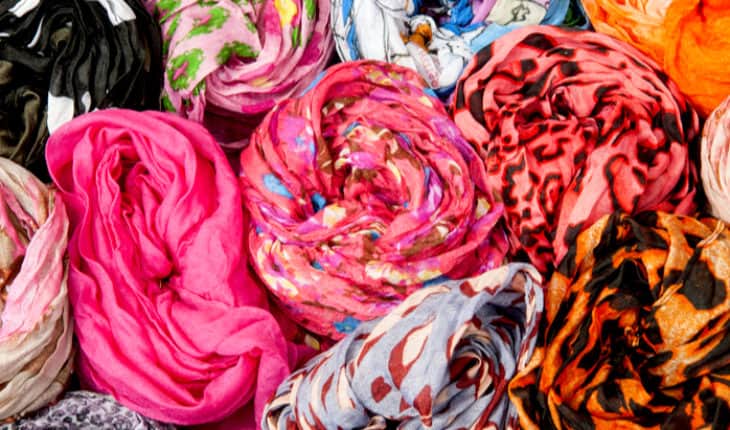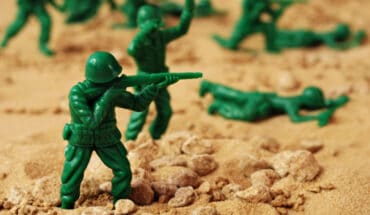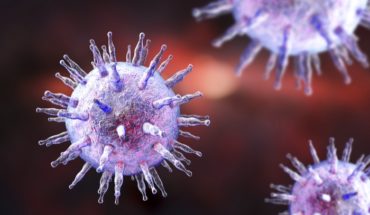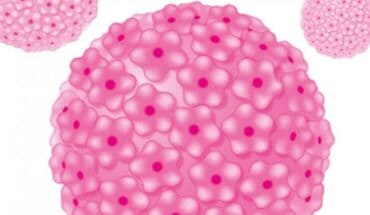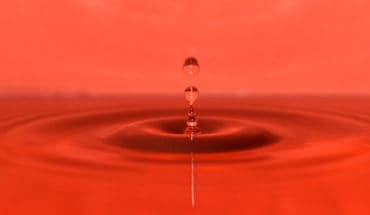Exploring the impact of chemo induced hair loss: Ahead of World Cancer Day 2022 (Friday 4th February), leading Trichologist Neil Harvey MIT – and Director at the Institute of Trichologists – explores the impact of Chemotherapy-Induced Hair Loss:
Chemotherapy Induced Alopecia (CIA) can be a very upsetting side effect of cancer treatment, which affects around 65% of people on this type of medication. For many patients, every time they look in a mirror at their thinning hair or notice hairs shedding in the shower or onto their pillow, it feels like a cruel, added insult that compounds what they’re already going through.
What is actually happening?
Chemotherapy drugs are powerful medications that are designed to attack rapidly growing cancer cells. Unfortunately, these drugs do not discriminate between those cells and other rapidly growing cells in your body, such as those responsible for hair growth (the hair follicle is an incredibly active structure with a multitude of active cells that produce the growing hair).
Chemotherapy may cause hair loss all over the body (not just on the scalp), including eyelashes, eyebrows, armpit, pubic and other body hair. Some chemotherapy drugs are more likely than others to cause hair loss, and varying doses can cause anything from ‘thinning’ hair to complete hair loss. The hair loss caused by Chemotherapy is known as ‘Anagen effluvium’, which means the hair is shed during the active growth phase. Due to the ‘toxic’ nature of Chemotherapy treatment, the hair ‘atrophies’ at the root and falls out.
What should you expect?
Hair usually begins falling out 2 – 4 weeks after your first treatment and once it starts, it may shed very quickly. You’ll start to notice a lot of shed hair on your pillow, in your hairbrush or comb, or in your sink or shower drain. Your scalp may also feel ‘tender’. Hair loss will continue throughout treatment and up to a few weeks afterward.
When will your hair grow back?
Fortunately, nearly 100% of all cases of hair loss from chemotherapy are temporary. Regrowth can be expected very quickly after treatment ends, normally within 1 – 3 months. The new hair is almost always initially a different colour and texture. It might be curlier than it was and will only regain its colour once the cells that control the pigment in your hair begin functioning again. Do be prepared for the fact that it will take a while before you have enough hair length to visit your hairdresser.
Can hair loss be prevented?
At present no treatment exists that can guarantee that everyone can avoid losing their hair. However, the most popular way of reducing hair loss (with some degree of success) is via Scalp Cooling Caps/Cold Caps (aka “scalp hypothermia”). During chemotherapy infusions, a closely fitted cap that’s cooled by chilled liquid is placed on the head to slow blood flow to the scalp.
This reduces the temperature of the scalp by a few degrees immediately before, during and after the administration of chemotherapy. The blood flow carrying chemotherapy drugs to hair follicles is therefore reduced, which can prevent or minimise hair loss.
Is there anything a Trichologist can do to help?
In this instance, the only true advice that can be offered (apart from the suggestion of the Cold Cap) are helpful ‘tips and suggestions’ that may aid healthy hair regrowth:
• Avoid anything that may further damage your hair (ie heat styling, harsh brushing etc.)
• Supplements may be beneficial so consider discussing the following with your consultant: Vitamins B, C (antioxidant), E, D, some proteins (keratin), amino acids (L-cysteine), zinc and iron.
• Stay hydrated; try to drink at least 6-8 glasses of water per day.
• Continue to use a shampoo throughout your treatment – and choose one based on‘dermatological’ benefits rather than purely cosmetic benefits. This will help to encourage the best environment for a healthy scalp and hair growth.
• Avoid harmful hair colouring (for as long as you can) after chemotherapy – your hair
will remain ‘fragile’ and the scalp could be more ‘sensitive’.
• Consider using a light hair oil to add shine and control to your hair.
• Once your hair has grown – and is looking a bit ‘shaggy’ around the edges – book an appointment for your first haircut. Psychologically and physically, this prepares you for a return to ‘normal’ hair routines.
• If you do find yourself suffering with any form of scalp irritation – it may be advisable to seek the advice of your consultant and/or a qualified Trichologist.
Conclusion
Without a doubt, chemotherapy is a demanding treatment, both physically and emotionally and Chemotherapy Induced Alopecia is obviously an entirely unwelcome side-effect. But, unlike some other hair loss issues, hold onto the fact that you can look forward to your hair regrowing – and although it can be very distressing at the time, upon the completion of your treatment hair will begin to regrow within a few months.
It won’t be long before you’re back at the hairdressers, sitting in the chair waiting for your colour and haircut to be done – and many patients will of course use this time, to reflect on this experience and the changes it caused.
- New lipid-based pathway discovered as key to memory formation - 25th June 2025
- Crucial link could explain how Alzheimer’s takes hold - 25th June 2025
- Understanding Your Mind Can Improve Daily Life - 25th June 2025

